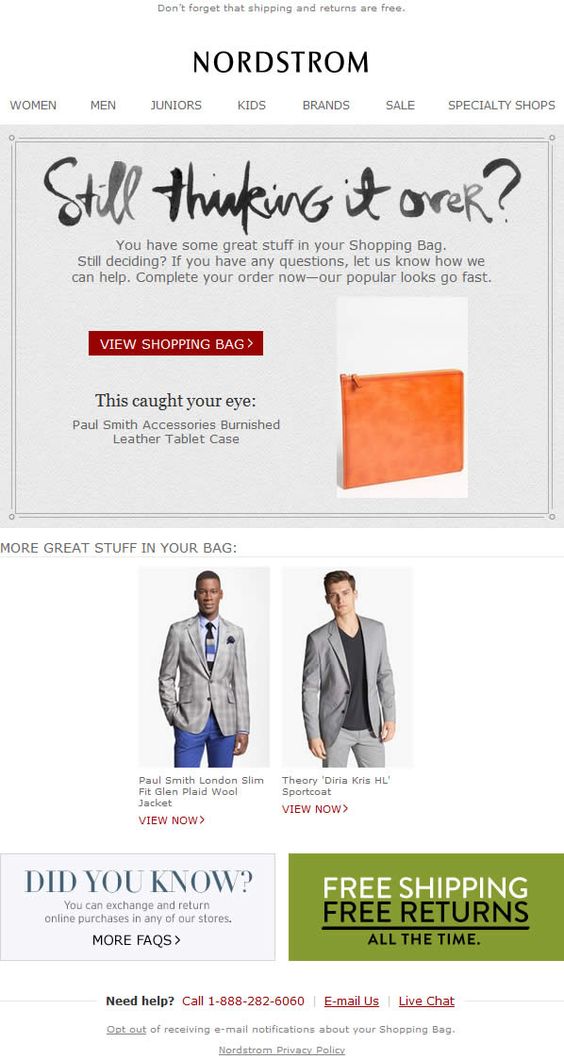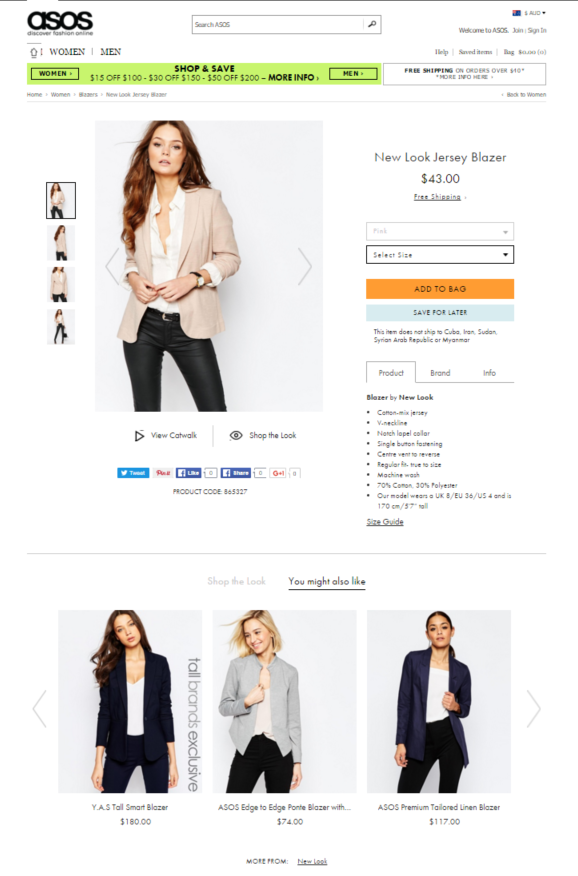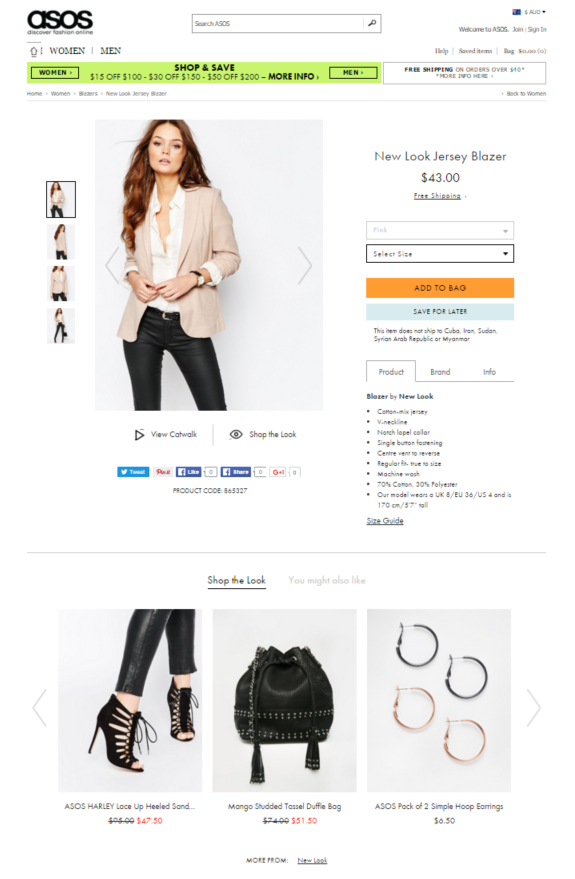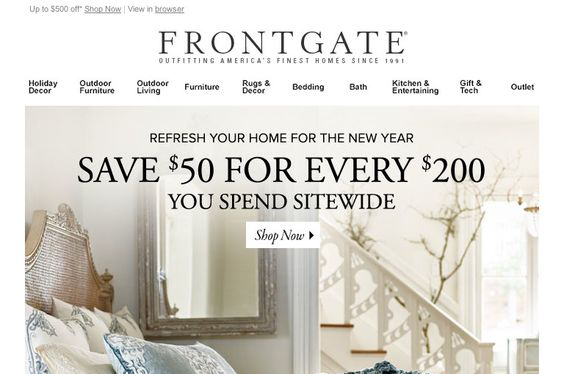Common business strategies include introducing new products and product categories, chasing new markets and acquiring new businesses. One of the most vital business strategies that marketing should drive is that of generating more from the same.
It might be that you are aiming for:
- More frequent purchases
- More Items Per Transaction (IPT)
- A greater cart value
- Translating an instore customer to an online customer or vice versa
This isn’t rocket science, but sometimes in the world of crazy and shiny and rush, we forget to visit the basics. These four areas are of particular importance in the world of retail.
More frequent purchases
Your existing customer might purchase from you 3 times a year – if you can increase that to 4 times a year you receive the benefits of additional revenue certainly, but also an increasingly loyal customer base, with better engagement and most probably stronger word of mouth (WoM).
Imagine you are a homewares retailer in this scenario. Your customer has demonstrated their loyalty with repeat purchasing, so you believe that investing time in setting up structures to convert this segment from 3 to 4 purchase cycles will provide ROI. As indicated you benefit from additional revenue (average cart of $75 will see revenue go from $225 to $300), but you can also structure the experience to generate additional engagement and WoM.
How to move your customer to generate an extra 25%?
- Understand your customer – present the right content to them in emails and on the website and in your advertising, don’t use a scatter-gun and fingers-crossed approach
- Don’t just sell – we all know salespeople and their ABCs (Always Be Closing) but encourage the customer to engage with you on your socials, and theirs, for a reason that isn’t selling. Present a benefit to them in continuing to engage with you, even when they are not in a purchase cycle
- Remarketing – use the tools out there to remarket specific product to your customer certainly through the Google Display Network (GDN), but also through Facebook – match your subscriber lists and segments with custom advertising campaigns so that the customer sees the great look she can have when she purchases additional pillows
- Set up abandoned cart journeys – make sure that you have systems in place to encourage people to return to checkout their current cart – current stats have cart abandonment at a 68.63% abandonment rate, so make sure you have a plan to convert more of these carts to purchased

Items Per Transaction
You might have an IPT of 2.3 with an average cart value of $105. If you can increase that cart value to 2.8 you are generating an extra 21% of revenue for the same CPA.
What strategies can you implement to increase your IPT?
The most obvious is a ‘You Might Also Like’ scenario, or related products.

You might also like …
selects products in the same category with the same tags/features/colours

Related products …
highlights products in different categories that allow people to build out the full look
These two techniques make it easy for people to complete looks or to add similar products – without too much work on their behalf. It does mean that your algorithm or your process of manually linking products does need to be on point for it to generate a return – people won’t use this mechanism if it presents poor quality results.
In terms of brand referral and word of mouth, like more frequent purchases, it does give people more of a chance to talk about what they bought, or to respond when people comment on how much they like the piece/outfit.
Never underestimate the power of word of mouth for women’s fashion. In my previous workplace I singlehandedly introduced women to both a retailer and a style of garment that they hadn’t considered because they liked what I was wearing. They didn’t purchase my exact piece, but explored the category to but two or three similar pieces each. They took advantage of my frequent purchasing (meaning the product was recent) and the ‘you might also like’ function to make it easy to invest in several pieces.
A greater cart value
This could be seen as similar to increasing the IPT, but it isn’t about the number of items, but the value of the whole cart.
A very easy and effective way to increase the cart value, thereby generating more from the same customer, is to run a promotion that encourages people to spend up.

Make sure you aren’t giving away money when you don’t need to. This isn’t simply about picking a figure greater than the average cart value e.g. average value is $150, but about making sure that it encourages the majority of your customers to purchase ‘up’.
You aren’t necessarily looking to shift all segments to spend $200, but perhaps only one. Make sure also that you have product at the right pricepoints to move someone from $150 to $220 quite easily – remember you won’t want them just to shift to $200 – you are selling extra product, with extra revenue but no additional profit as your COGS has risen. However if you can get them to spend $220-$230 you are getting an extra $20-$30 AFTER the discount. Never underestimate the effect of the ‘drug’ discount on people’s brains to make them buy more than they every would.
Our supermarkets are fabulous at this – you only need one carton of Diet Coke ($30), but they are selling $2 for 40. It seems like a great deal certainly because you know at some point you will crack open the new carton. But you have spent an extra 33% than you were planning to and enhancing their revenue streams and increasing (literally) your shopping trolley value.
Remember, if it works for them it can work for you!
Moving customers between channels
If you are a clicks and mortar store you have a unique opportunity to shift customers between channels, increasing their stickiness to the brand and allowing you to create a great customer experience no matter the channel.
If they are in store, you might remind them that they can purchase online if they can’t make it into the store … convenience.
If they are an online customer, you can highlight your local stores and encourage them to go in to experience face to face expertise and try on garments if they aren’t sure about sizing … minimising risk.
Remember – the only business strategies and marketing strategies aren’t about new … you can build some great value into your customer experience by focusing on the customers you already have. And of course, that sets you up for success with the customers you will acquire!



